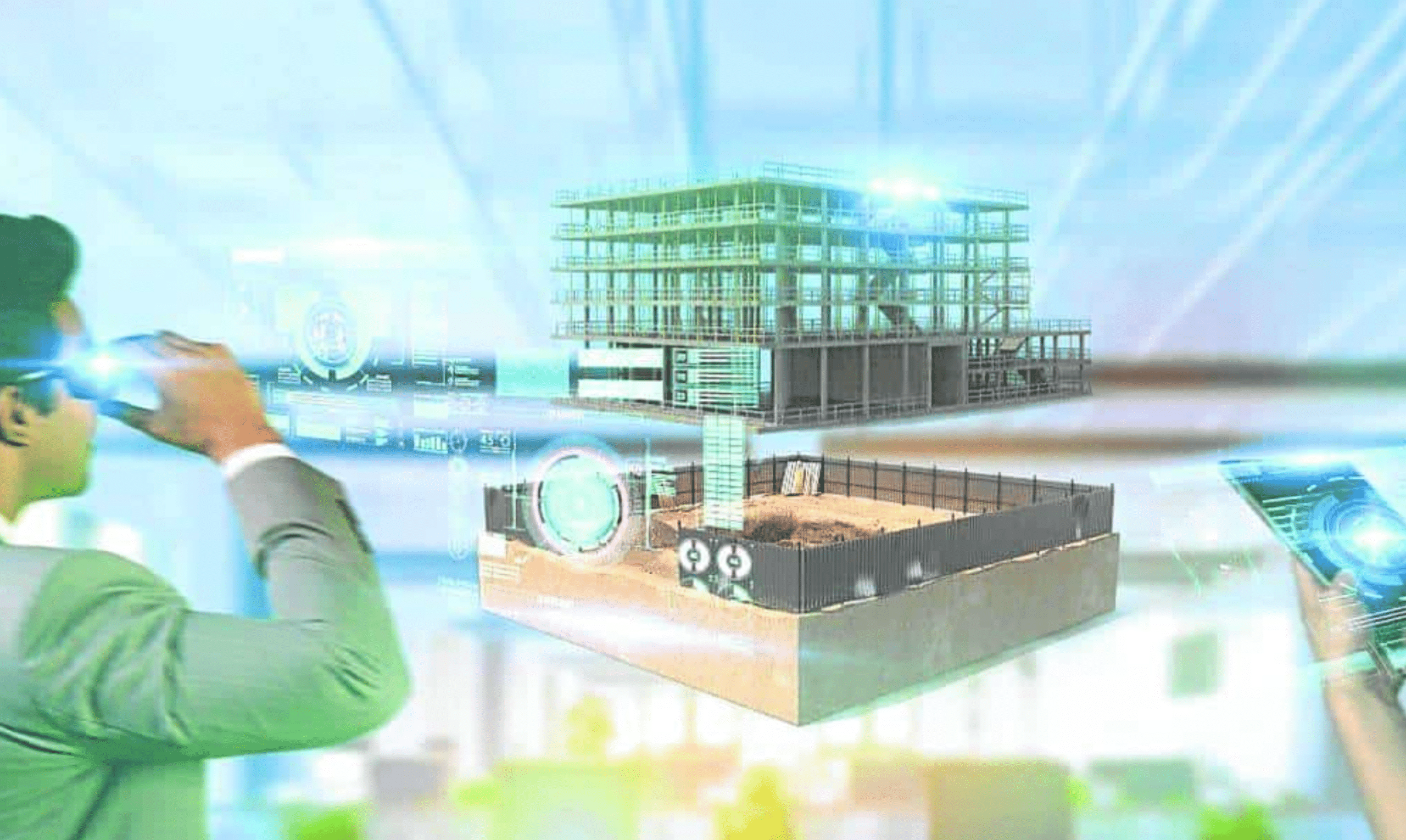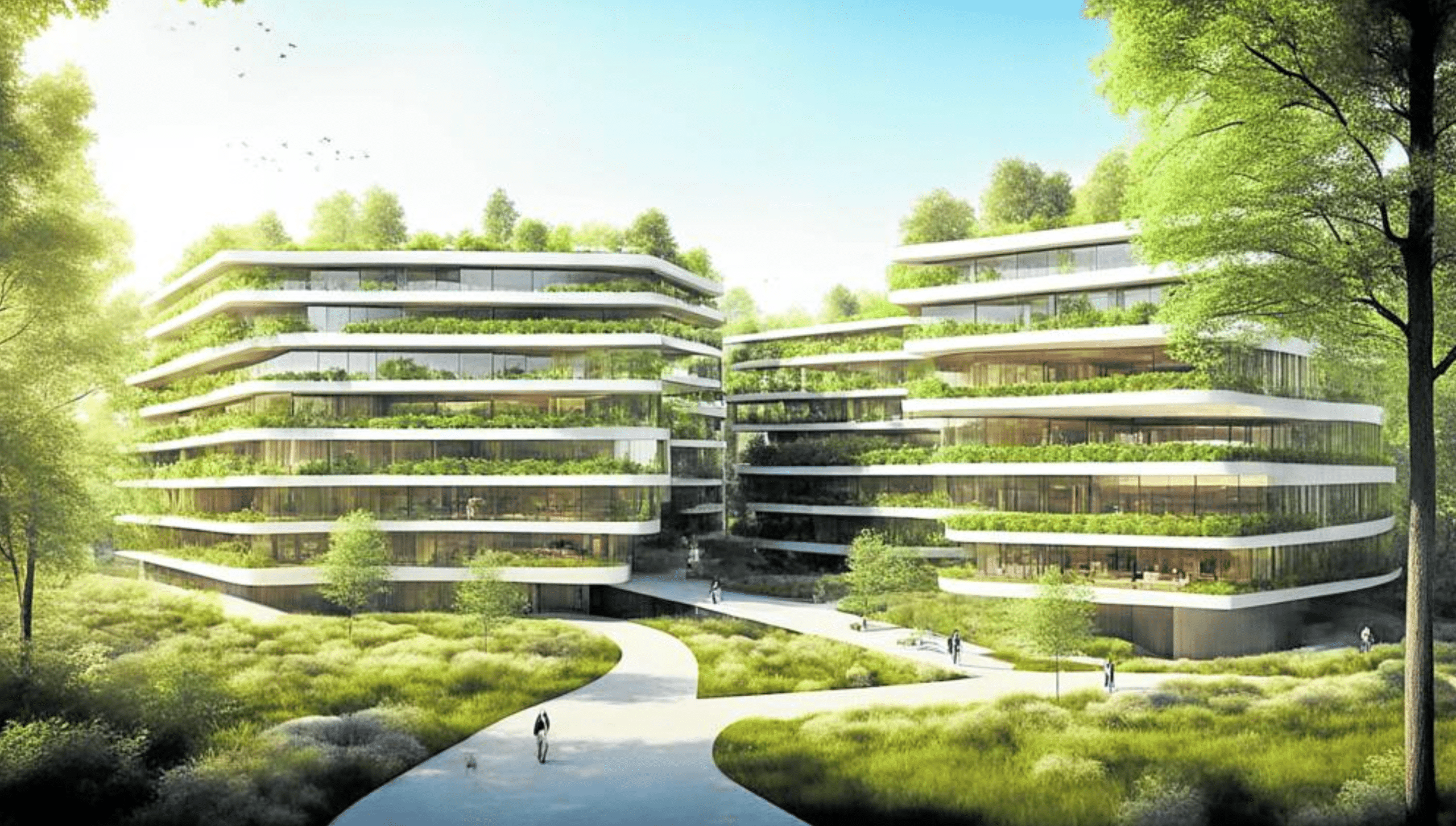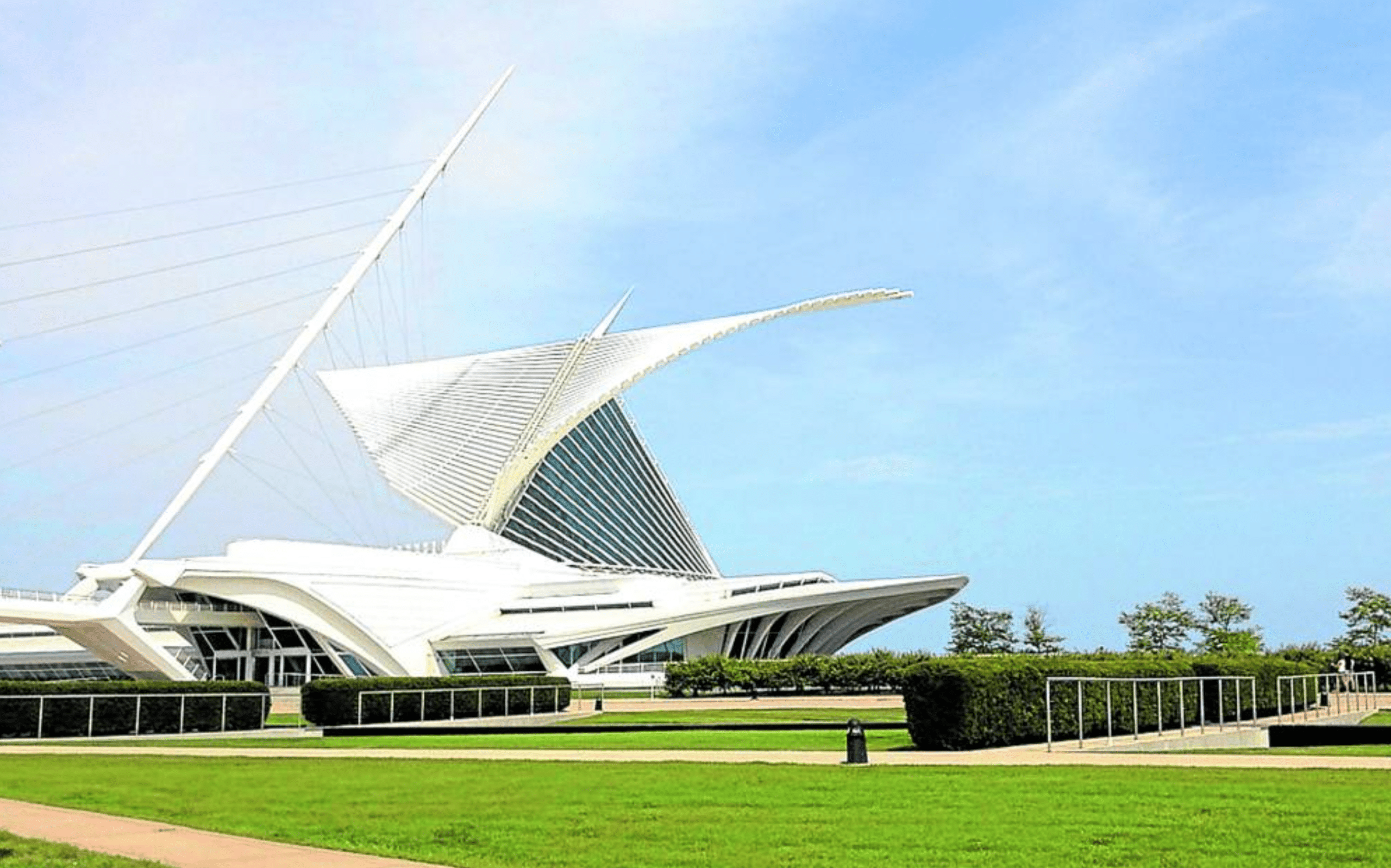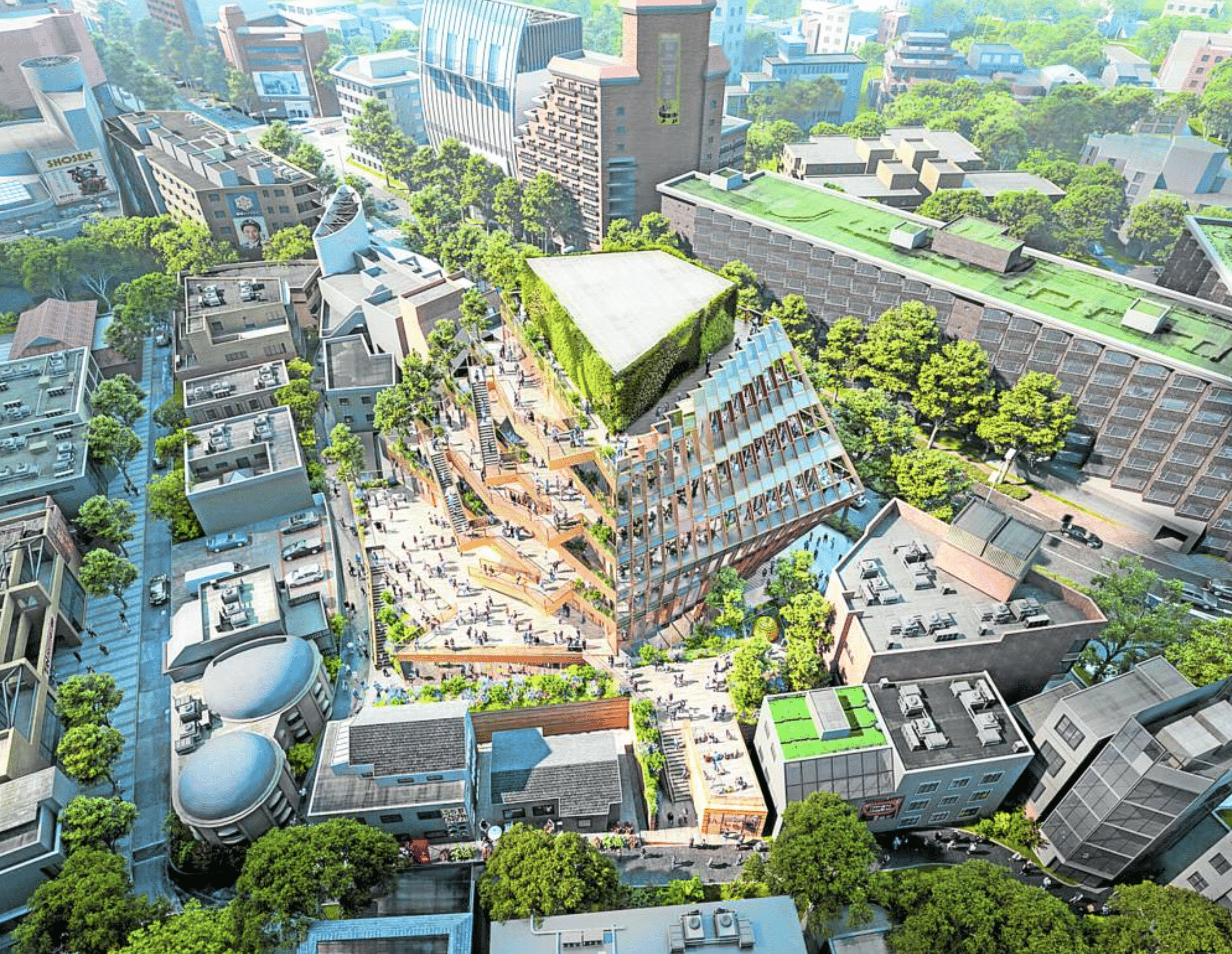Powering architecture in 2025 and beyond
Architecture took some intriguing turns this year.
Artificial intelligence (AI) has become a designer’s new best friend, making complex designs more straightforward. At the same time, there has been a significant resurgence in sustainable building practices that connect to nature, leading to more eco-friendly property models.
These trends set the stage for 2025 as the real estate landscape prepares for smarter and more adaptable living and communal spaces.
AI challenges creativity in architecture
Generative design started changing the way architects approach their work.
AI crunching massive amounts of data creates optimized design solutions tailored to specific needs. It opens the door to exploring innovative structures that are as functional as they are visually striking.
At the same time, machine-learning tools are making collaboration more effortless than ever. Platforms driven by new technologies help architects, engineers, and clients stay on the same page with streamlined workflows, real-time updates, and smarter decision-making.
The result? Projects that wrap up faster and come in under budget.

Testing and refining designs in a virtual environment reduce costly errors and enhance efficiency throughout development. (HTTPS://SA.LINKEDIN.COM/IN/WAQARAHMADMALIK)
Smart cities and intelligent design
Advancements in technologies such as non-volatile memory (NVM) are enabling data retention without power.
Smart buildings can maintain critical operations during outages, from energy management to security systems. Additionally, improved data management allows real-time analysis of energy usage, occupancy trends, and maintenance needs.
Integrating IoT (Internet of Things) devices further amplifies automated lighting, climate control, and advanced security systems. Smart cities can better prioritize comfort, safety, and energy efficiency.
Simulations and virtual construction

Eco-integrative architecture will continue to foster harmony between structures and the natural environment. (HTTPS://CONSTRUCTIVE-VOICES.COM)
Digital twin technology is revolutionizing how buildings and infrastructure affect surroundings even before execution.
By creating virtual replicas of physical spaces, developers and local governments can simulate urban performance under various conditions before construction begins. Testing and refining designs in a virtual environment reduce costly errors and enhance efficiency throughout development.
Softer side of Architecture
Eco-integrative architecture will continue to foster harmony between structures and the natural environment. In agricultural regions, eco-climatic designs blend vernacular heritage with modern sustainability practices, creating habitats that are as functional as they are environmentally conscious.
Biophilic design, a key aspect of this movement, brings nature closer to occupants by incorporating elements such as green roofs, living walls, and expansive windows that flood interiors with natural light and views of the outdoors.
Modular, cultural, and resilient design
Modular and prefabricated designs are already addressing housing shortages in urban areas because they deliver faster, more cost-effective construction.
Adding to this innovation, Climate-Adaptive Building Shells (CABS) are dynamic envelopes that adjust thermal properties in real-time. The potential for these systems to contribute to structural resilience during earthquakes or typhoons could be an exciting frontier.
At the same time, cultural fusion architecture is making waves by weaving together styles and traditions from across the globe. Architects collaborating across cultural boundaries using advanced communication platforms will continue to create spaces that reflect diversity and unity. This trajectory is where architecture continues to evolve to meet the changing world’s demands.
The author (www.ianfulgar.com) is a leading architect with an impressive portfolio of local and international clients. His team elevates hotels and resorts, condominiums, residences, and commercial and mixed-use township development projects. Ian’s innovative, cutting-edge design and business solutions have garnered industry recognition, making him the go-to expert for clients seeking to transform their real estate ventures


